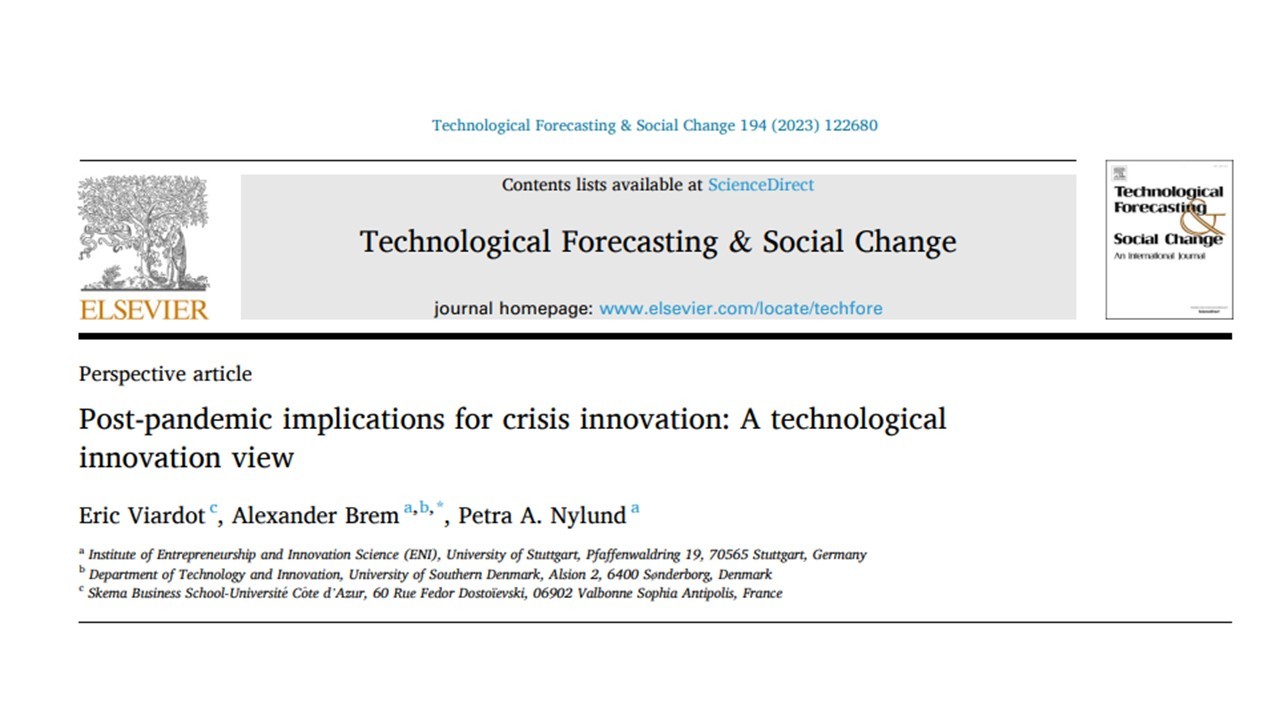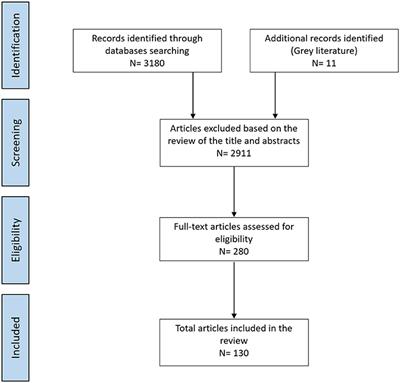Transformative Potential: Technological Innovations in the Pandemic Era
In the dynamic landscape shaped by the pandemic, technological innovations emerge as powerful tools to navigate challenges and drive positive change. This article explores the role of technology in pandemic response, highlighting key innovations that shape the present and envision a resilient future.
Digital Health Solutions: Revolutionizing Healthcare
Technological innovations in the pandemic era have propelled the adoption of digital health solutions. Telemedicine, remote patient monitoring, and health apps have become integral components of healthcare delivery. These innovations not only enhance accessibility to healthcare services but also minimize the risk of virus transmission, contributing to a safer healthcare environment.
Data Analytics for Surveillance and Prediction
Harnessing the power of data analytics has proven instrumental in pandemic response. From tracking the spread of the virus to predicting hotspots, data-driven insights enable proactive decision-making. Artificial intelligence and machine learning algorithms analyze vast datasets, providing valuable information for healthcare professionals and policymakers to respond effectively to evolving situations.
Vaccine Development and Distribution
The rapid development and distribution of vaccines showcase the transformative impact of technological innovations. Advanced research methods, such as mRNA technology, expedited the vaccine development process. Moreover, technology facilitates efficient distribution management, ensuring vaccines reach global populations in a timely and organized manner.
Remote Collaboration Tools: Adapting to New Work Realities
The pandemic accelerated the shift to remote work, emphasizing the importance of robust collaboration tools. Video conferencing, project management platforms, and virtual collaboration spaces have become essential for businesses to maintain productivity. These tools not only enable seamless work operations but also redefine traditional work structures, promoting flexibility and work-life balance.
E-Learning and Educational Technology
Education witnessed a paradigm shift with the integration of e-learning and educational technology. Virtual classrooms, online resources, and interactive learning platforms became lifelines for students globally. Technology in education not only addresses the immediate challenges posed by the pandemic but also opens new avenues for personalized and accessible learning.
Supply Chain Resilience through Blockchain
Blockchain technology enhances supply chain resilience, a critical aspect amplified by the pandemic. By providing transparent and traceable transactions, blockchain minimizes disruptions, ensures product authenticity, and enhances overall supply chain efficiency. This innovation safeguards against issues such as counterfeit drugs and aids in the rapid distribution of essential goods.
Robotics for Contactless Operations
The adoption of robotics for contactless operations has become prevalent in various industries. From healthcare settings to restaurants, robots perform tasks that traditionally required human interaction. This minimizes the risk of virus transmission and showcases the adaptability of technology to address challenges in diverse sectors.
Artificial Intelligence in Research and Drug Discovery
Artificial intelligence (AI) plays a pivotal role in accelerating research and drug discovery processes. AI algorithms analyze vast datasets to identify potential drug candidates, predict their efficacy, and streamline the research pipeline. This application of technology expedites the development of treatments and therapies, marking a significant advancement in medical science.
Cybersecurity in the Digital Age
As technological innovations advance, so does the need for robust cybersecurity measures. The digital transformation witnessed during the pandemic emphasizes the importance of securing sensitive information. Cybersecurity technologies safeguard data integrity, confidentiality, and availability, ensuring the trustworthiness of digital systems in an interconnected world.
Conclusion: Paving the Way for a Tech-Driven Future
In conclusion, technological innovations during the pandemic have not only addressed immediate challenges but also laid the foundation for a tech-driven future. From healthcare transformations to reshaping work and education, these innovations showcase the resilience and adaptability of technology in navigating complex global scenarios. To explore ongoing efforts in technological innovations and pandemic response, visit GreenCitizens.net.






